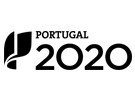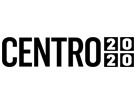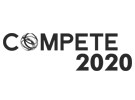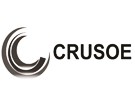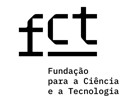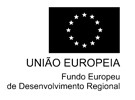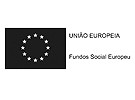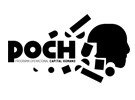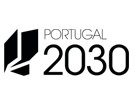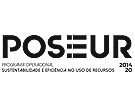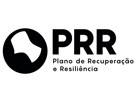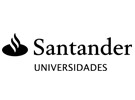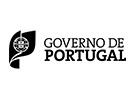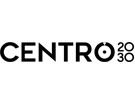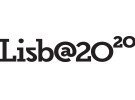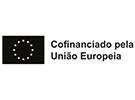


Publication in the Diário da República: Despacho nº 10764/2011 - 30/08/2011
5.5 ECTS; 2º Ano, 1º Semestre, 30,0 T + 30,0 PL , Cód. 918413.
Lecturer
- Cecília de Melo Correia Baptista (1)
(1) Docente Responsável
(2) Docente que lecciona
Prerequisites
NA.
Objectives
Understand the stereochemistry principles. In-depth study of the structure and properties of heterocyclic and multifunctional compounds.
Structural organic analysis.
Identify the main groups of organic pollutants.
Program
Theoretical contents
Chapter 1 - Stereochemistry
1.1 Notions of chirality and optical activity
1.2 Enantiomery and diastereomery relationships
1.3 Asymmetric reactions
1.4 Absolute configurations
Chapter 2 - Structure, properties, nomenclature and reactions of polyfunctional and heterocyclic organic compounds
2.1 Heterocyclic compounds
2.2 Compounds with multiple functions
2.2.1 Dienes and polyenes
2.2.2 Diols and polyols
2.2.3 Dicarbonyl compounds
2.2.4 Diacids
2.3 Compounds with mixed functions
2.3.1 Various ethylenic compounds
2.3.2 Aldols and ketols
2.3.3 Hidroxyacids, lactones and lactides
2.3.4 Acid and ketonic esters
2.3.5 Amino acids
Chapter 3 - Organic Pollutants 3.1 Hydrocarbons and halogenated derivatives
3.2 BTEX group
3.3 Polinucleated aromatic hydrocarbons (PAHs)
3.4 Chlorofluorocarbons (CFCs). 3.5 Polychlorinated biphenyls (PCBs)
3.6 Volatile organic solvents (VOCs)
3.7 Pesticides
3.8 Dioxins
3.9 Detergents
Chapter 4 - Structural analysis of organic compounds
4.1 Ultraviolet/visible spectroscopy
4.2 Infrared spectroscopy
4.3 Mass spectrometry
4.4 Nuclear magnetic resonance spectroscopy
Laboratorial practice
TP1. Construction of molecular models - stereoisomery.
TP2. Synthesis of 3,5-dimethylpyrazole.
TP3. Synthesis of benzylic acid (three successive synthesis, where the synthesized compound is used as a reactant in the following synthesis).
TP4. Identification of spectra.
TP5. Determination of floatable oils and fats in wastewater.
Evaluation Methodology
A - Laboratory written test; B - Sum of three theoretical mini-tests (MT1 - 8marks; MT2-8marks; MT3-4marks).
Final grade - 0.4*A + 0.6*B
Bibliography
- Carey, F. (2007). Organic Chemistry. New York: McGraw-Hill International
- Tomé, A. (2010). Introdução à nomenclatura dos compostos orgânicos. Lisboa: Escolar Editora
- Vollhardt, P. e Schore, N. (2005). Organic Chemistry: Structure and Function. New York: W.H.Freeman & Co
Teaching Method
Theoretical classes. Practical classes involving resolution of real-life problems.
Laboratory classes focusing on the synthesis and analysis of multifunctional and heterocyclic compounds.
Software used in class
NA.
